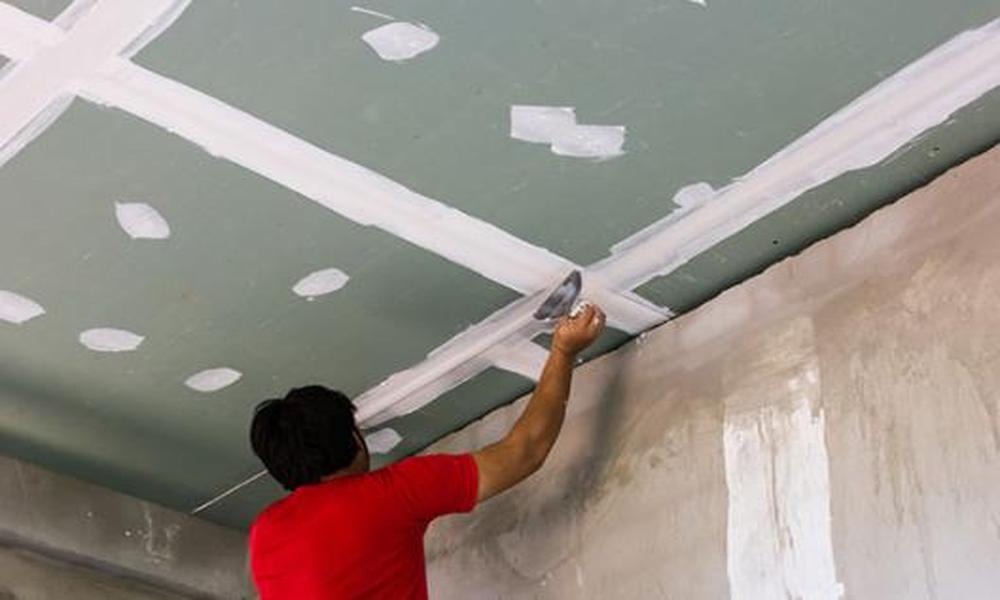Home improvement is a product of a multitude of tactics, and gib stopping isn’t the flashiest job of them all. Still, it’s crucial to achieve those flawless, paint-ready walls in our house. Safety and preparedness should always be your top priority in this line of work. So, let’s explore the essential precautions you need to ensure a safe and successful gib stopping project.
Workspace Preparation
Before you start gib stopping, prime your workspace for safety and efficiency. Remove stray tools, debris, or any obstacles that could lead to accidents. Prevent objects from falling and causing harm.
Even a rogue paint splash can be a potential hazard. Ensure good ventilation to disperse dust and maintain fresh air. Open windows or use fans to keep the workspace breathable.
Personal Protective Equipment
Protect your eyes with safety goggles and glove your hands from potential injuries and the discomfort of plaster residue under your nails.
Gib stopping can get messy, so wear clothes you don’t mind getting dirty. Consider investing in a coverall suit for added protection and a mask for dust protection.
Dust Control Measures
Dust may seem harmless, but it’s a formidable foe in gib stopping. It can lead to health issues if not managed. Either use an extraction system to wet your surfaces before working on them. If you’re sanding, make sure that you practice caution to prevent dust.
Handling and Storage of Materials
Organization is key when it comes to handling and storing gib stopping materials:
Label Everything
Prevent mix-ups by labeling all materials clearly. Grabbing the wrong tube of compound can lead to project mishaps.
Proper Storage
Keep materials in a cool, dry place, away from direct sunlight. Some materials may become unstable in extreme conditions.
Read Labels
When dealing with chemicals, read and follow instructions carefully. Mixing the wrong substances can spell disaster.
Working at Heights
At times, gib stopping may take you to new heights – literally. When working on high walls or ceilings, safety becomes paramount:
Quality Equipment
Use ladders and scaffolding in good condition. Unstable equipment is a recipe for accidents.
Ladder Safety
Always maintain three points of contact when climbing a ladder. Never stand on the top rung.
Fall Protection Gear
Harnesses and safety nets can be your safety net in case of a slip. It’s like having a superhero cape to prevent falls.
Electrical Safety
Electrical hazards can zap your enthusiasm in an instant. Stay safe with these precautions:
Power Off
When working near electrical outlets, turn off power sources to prevent potential sparks.
Insulated Tools
Use tools with insulation to add an extra layer of protection between you and electricity.
Avoid Live Wires
Steer clear of live wires at all costs. Electricity and humans don’t mix well.
Proper Tool Usage and Maintenance
Your tools are your trusted sidekicks in gib stopping. Handle them wisely:
Correct Tool Use
Learn how to use your tools correctly to avoid accidents or mishaps.
Tool Maintenance
Keep your tools clean and in good shape. A rusty trowel won’t do you any favors.
Replace Worn-Out Parts
Don’t let your trusty tool fail you mid-job. Replace worn-out parts promptly.
Emergency Preparedness
Even superheroes need a plan when things go south. Here’s your emergency checklist:
First Aid Kit
Keep one on hand for minor injuries. A simple band-aid can go a long way in a pinch.
Emergency Contacts
Ensure someone knows your location and how to reach you in case of an emergency. Think of it as your bat signal for help.
Evacuation Plan
Know how to exit your workspace quickly and safely in the event of a fire or other emergencies.
Conclusion
Clearly, gib stopping requires that you be careful and prepared for a thoroughly well-done project. You need to be ready for emergencies. With these essential gib stopping precautions, you’re set to tackle any project confidently.


